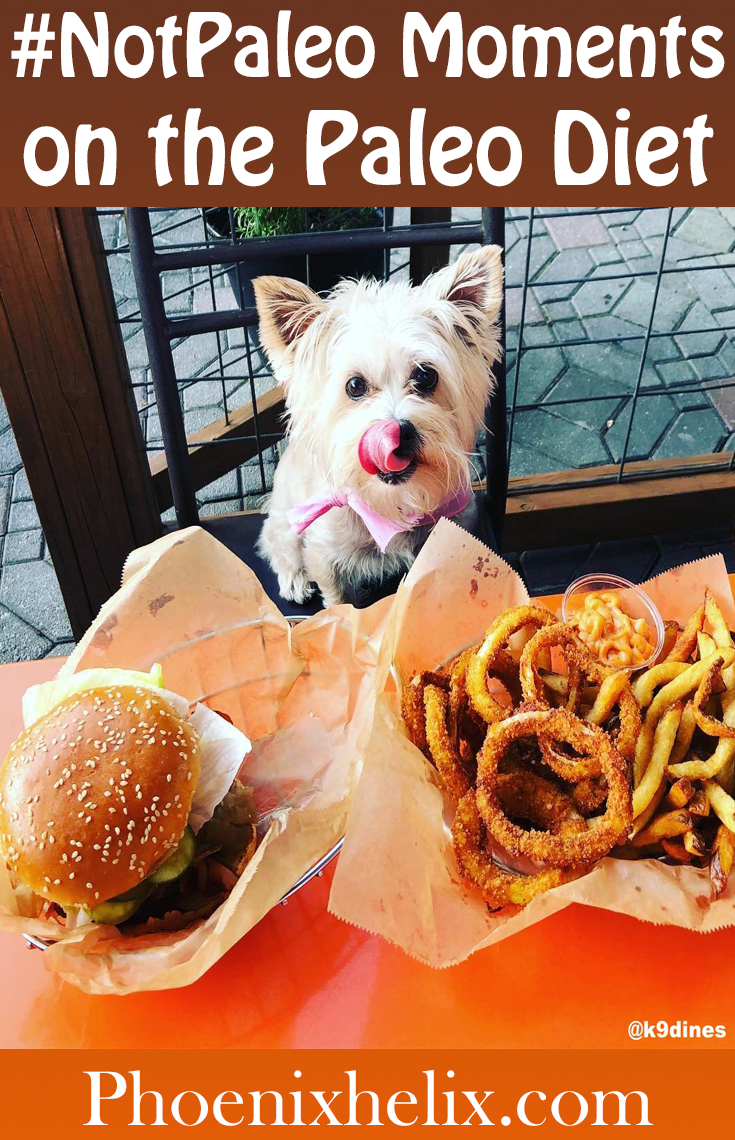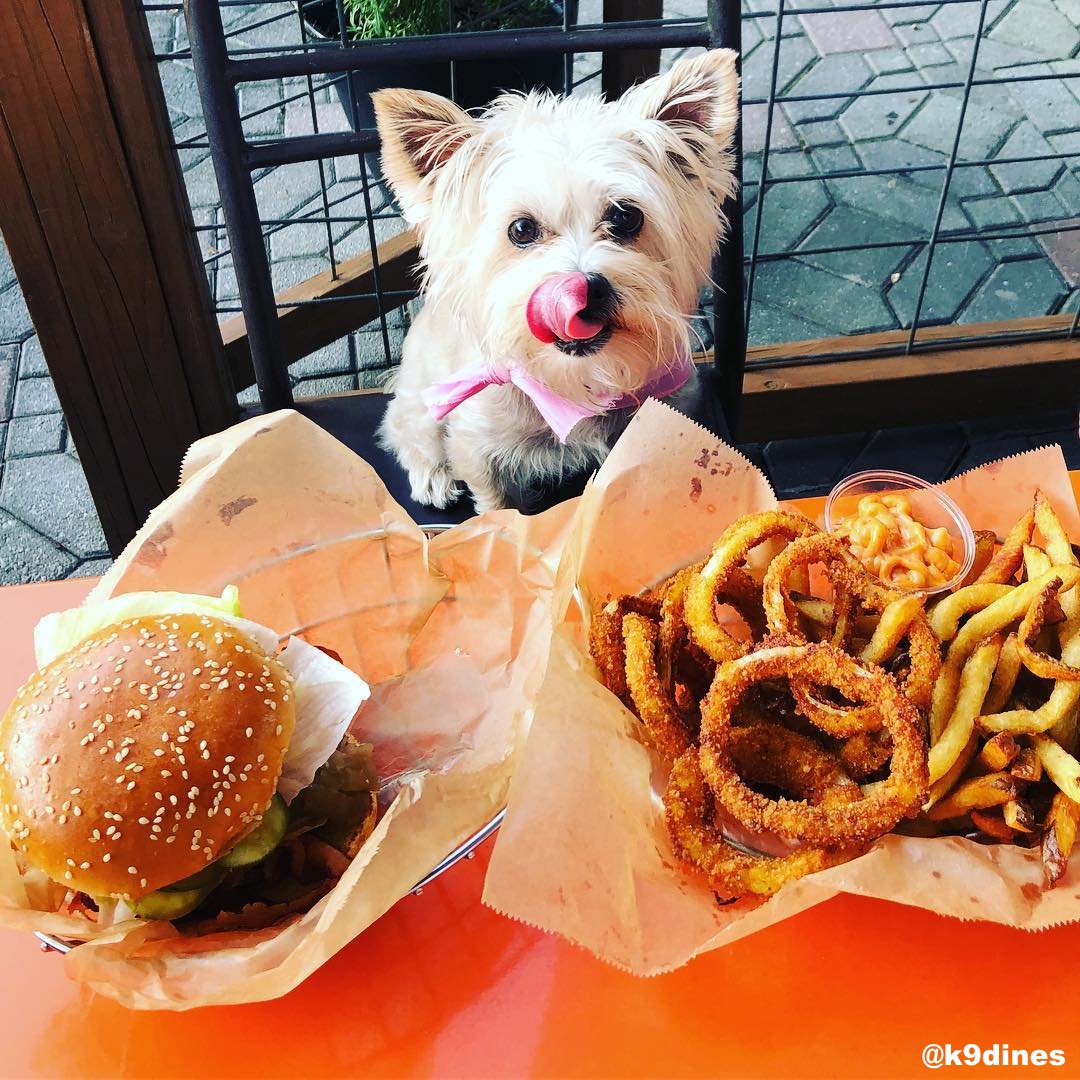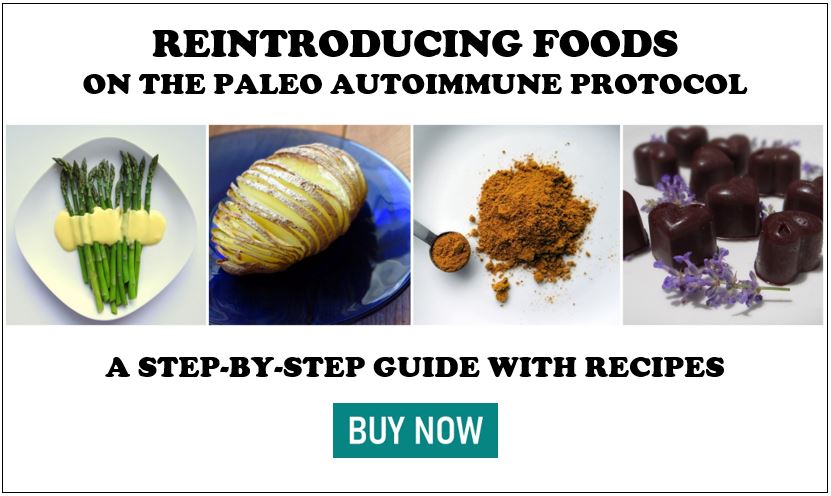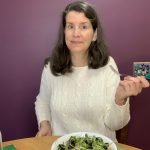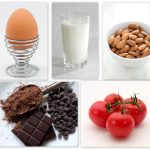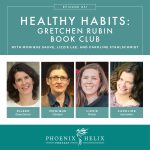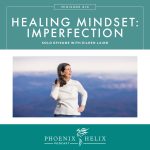“In order to exist, man must rebel, but rebellion must respect the limits that it discovers in itself.”
~ Albert Camus
#NotPaleo and #NotAIP Hashtags on Social Media
If you’re on Instagram, you’re familiar with hashtags, and if you follow paleo accounts, you’ll occasionally see a photo show up with a #NotPaleo tag. What does it mean? Have they left the paleo diet behind? Usually not. Instead, it’s often a conscious choice to eat “off-diet”, and there are many reasons someone might choose to do that. The same goes for the #NotAIP hashtag. And if you’re not on Instagram, no worries. The discussion below applies to real life.
80/20 Rule
In the regular paleo community, everyone from Chris Kresser to Mark Sisson gives this advice: If you eat a healthy diet 80% of the time, you can indulge 20% of the time and still receive health benefits. However, it’s not quite that simple. First of all, they’re generally talking about healthy people rather than people with health challenges. Second, they expect people to know themselves – which foods they can eat occasionally without negative consequences, and which foods they personally need to avoid altogether. This takes time and experience to learn. The 80/20 rule is meant to offer some wiggle room for a more flexible life. For example, being able to eat at a restaurant with less “special ordering.” Being able to accept a dinner invitation to a friend’s house. Being able to enjoy a favorite food from your childhood. The idea is that the health benefit of joy and social connection trumps the health risk of an occasional indulgence.
AIP Reintroductions
I mention above that the 80/20 rule usually applies to healthy people. When you have autoimmune disease, the standard is higher. It’s unfair, I know! But that doesn’t mean we need to eat strict AIP forever, or even strict paleo. The paleo autoimmune protocol (AIP) has two phases: elimination and reintroduction. It’s this second phase where we personalize the diet for our unique bodies. On Instagram, long-time AIP veterans will frequently share #AIPreintro photos and sometimes use the #NotAIP hashtag as well. They want to remind people that the elimination phase isn’t meant to last forever. If you’re new to this process, I have a series of articles and podcasts, as well as an e-book to guide you. Note: all of the situations I list below apply after you have completed elimination and reintroduction. This is advice for the AIP lifestyle, not the AIP elimination phase.
What’s the Difference Between Self-Sabotage and a Worth-It-Moment?
A big part of a healthy diet is the mindset we bring to the choices we make. When we choose to indulge, is it a conscious choice that we savor and enjoy? Or is it an act of anger, guilt, shame, self-punishment, giving up, or giving in? There is something called mind-body nutrition – the emotions we have around the foods we eat impact our ability to digest that food. Sometimes a food reaction is caused by the mindset rather than the food itself. That said, mind-over-matter doesn’t always work. Sometimes certain foods will cause an autoimmune flare, no matter how happy we are when we eat them. The AIP reintroduction phase helps us each discover which foods fall into this category. So, when facing a #NotPaleo or #NotAIP choice, ask yourself these questions: How am I feeling right now? Are my emotions driving this decision? Have I tried this food before? If yes, what were the consequences? Will I feel better or worse after eating this? Is it worth it? How you answer helps clarify whether this is a worth-it-moment to enjoy, or a self-sabotage moment to avoid.
Eating During a Flare vs. Remission
The autoimmune body has a spectrum of sensitivity that is highest during a flare and lowest during remission. If you’re new to the autoimmune protocol, it can take a while to learn what your body needs depending on how you feel. Successful reintroductions often increase during remission, and many people pull back to the elimination phase to help them navigate an autoimmune flare.
One-Time Choice vs. Falling Off the Wagon
This is where it’s helpful to know if you’re an abstainer or a moderator. An abstainer does best when they avoid a certain food altogether. They can’t stop at one cookie – they want 10 (or the whole batch). Moderators hate to feel restricted, so having a cookie once in a while helps them make healthy choices the rest of the time. This applies to more than just cookies – it can apply to the paleo diet and lifestyle as well. Some of us have these personalities in general, but sometimes our behavior changes depending on the food. Self-awareness is key. So get to know yourself, and make the best choices for you. Does a #NotPaleo indulgence strengthen your commitment to your healing diet, or weaken it?
Travel Exceptions
Many people choose their #NotPaleo moments when they’re on vacation. There’s a logic to this. Stress impacts digestion dramatically. We have two branches to our nervous system: the sympathetic nervous system is our “fight or flight” response, and the parasympathetic is our “rest and digest” system. In our daily lives, we spend far too much time in a chronic stress response. When we’re on vacation, we often relax to a level we rarely reach at home. This maximizes digestion and can even lower autoimmune activity. This is why many people say they tolerate more foods on vacation than they do at home. However, individuals do vary on this. Some people choose a #NotPaleo moment and suffer a flare during vacation. Others choose many #NotPaleo moments and have the best vacation of their lives. So, how do you decide whether or not to take the risk? If you’ve been AIP for a while and have some successful reintroductions under your belt, I think it’s good to explore the possibilities. Discovering expanded food tolerance on vacation simultaneously expands your travel opportunities. While it is possible to stay AIP while traveling (and I have a series of articles and podcasts to show you how), the wider your food options, the easier travel becomes. Most people don’t find they can eat absolutely everything, but even adding a few extra foods into your diet while traveling can make your vacation even more relaxing.
Holiday Season
We often crave #NotPaleo foods more during the holidays than any other time of year. When it comes to the traditions of our childhood, food is imbued with emotion and memory. The risk here is turning the entire season into a #NotPaleo month (or many months). I’ve written an entire series of articles and podcasts to help you navigate holidays on the paleo autoimmune protocol. But if you want to consider some #NotPaleo exceptions, here are some questions to ask yourself: Which foods cause me the most inflammation and are best avoided altogether? Which foods can I eat a few times with minimal consequences? Which #NotPaleo foods do I miss the most? How will I support my health in other ways during this season? How will I maintain my commitment to my healthy diet around these “treats”?
The Most Common #NotPaleo Indulgences
We’re all unique in our list of foods that do and don’t work for our bodies (and this can change over time). The most common #NotPaleo reintroductions I’ve seen in the paleo community include gluten-free grains, like white rice, oats, quinoa, corn, and gluten-free breads. Some people reintroduce legumes, and others reintroduce high-quality dairy. Usually these things don’t become the focus of the diet, but rather the exceptions described in the 80/20 rule above. As for me, I stayed paleo during my first few years on a healing diet, but I did successfully reintroduce many #NotAIP foods including eggs, chocolate, nuts, and seeds. My first #NotPaleo reintroduction was white rice. After I went into remission, I found my food tolerance expanded dramatically. I now enjoy nightshades and dairy occasionally, and have even indulged in gluten-free pizza. That said, I still believe that food is medicine, and I don’t want to tip my body out of remission. So, I save these indulgences for restaurant meals, vacations, and meals with friends. I also don’t eat SAD junk food at all – it honestly no longer seems like food to me (even though I ate plenty of it before my autoimmune diagnosis). I love the word “nutrivore“. It means a person who seeks out the most nutritious foods to give their body the best fuel for health. So, the majority of the time, I eat a delicious, nutrient-dense, personalized AIP diet, and I don’t feel deprived at all.
What About Gluten?
If you have celiac disease, gluten’s completely off the table because it’s a known cause of the autoimmune attack. What if you have a different autoimmune diagnosis? Then it’s a personal choice, but many people with other autoimmune diseases also have gluten sensitivity. This is because gluten causes leaky gut, increases inflammation, and can increase autoimmune activity as well. For that reason, gluten-free is the hard line that most people don’t cross. But what about the wheat in Europe? Isn’t it different? Yes and No. The majority of the wheat in the US is a hard wheat variety that has a higher amount of gluten. The majority of the wheat in Europe is a soft variety with lower levels of gluten. In addition, Europe tends to use fewer preservatives and more artisanal baking methods that can make food easier to digest. For this reason, some people say that they tolerate the wheat in Europe better than they do at home. However, it’s important to realize that no wheat is gluten-free. In fact, levels of celiac disease in Europe and the United States are identical: 1 in 133 people. As adults, we get to make our own choices. For some people, that will mean the occasional gluten indulgence. For me, I have rheumatoid arthritis, not celiac disease, but gluten isn’t on my personal list of foods to try. It just doesn’t feel worth the risk to me – in Europe or elsewhere.
You May Also Be Interested In
Credit: image at top of page from @k9dines on Instagram. She’s not paleo. I just fell in love with this photo and felt it was perfect for this article. She was kind enough to give me permission to include it.

